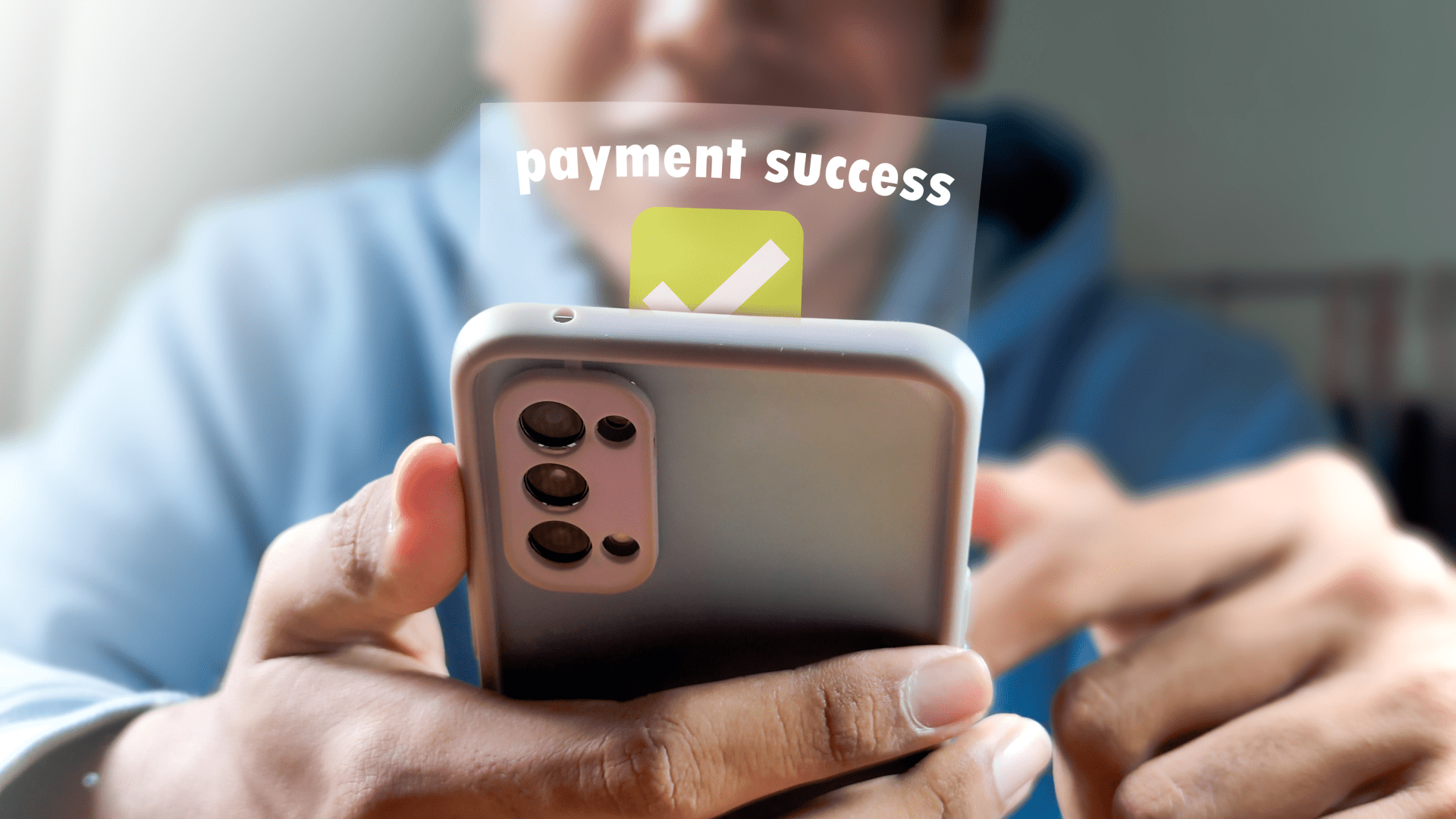With the development of new technologies and ever-changing consumer preferences, the way people pay for products and services changes frequently. If you’re an online business of any kind, it’s essential to keep up with the times. Check out the latest major innovations in the payments industry.

Is PayPal still in the lead?
The short answer is yes. PayPal will not be dethroned anytime soon. Despite fierce competition, PayPal is still the world leader in digital payments.
The company remains dominant for numerous reasons. Firstly, since it has been around longer, PayPal had an early start in establishing itself as a widely accepted, secure payment method for businesses, consumers, freelancers, online retailers, and online gambling sites.
iGaming is a huge industry, and there are people who love playing online slots from all over the world. Some of these sportsbooks and online casinos accept deposits from PayPal. Fans of online gaming, be it slots, sports betting, or even live casino games like blackjack or roulette, sometimes prefer PayPal for its ease of use.
Secondly, PayPal is one of the safest ways to receive and send money online. All transactions on its platform are protected by end-to-end encryption. The company also offers buyer and seller protection programs to prevent fraudulent transactions, including unauthorized payments and fraudulent chargebacks.
The ability to examine and adapt to new market trends is also a key factor in PayPal’s success. In fact, it recently launched its On Ramps and Off Ramps services. On Ramps allows American consumers to buy crypto through its platform, while Off Ramps converts their cryptocurrencies from supported wallets into US dollars.
While it continues to dominate the payment methods industry, PayPal faces tough competition due to innovations in digital payments and fintech technologies. On that note, let’s explore some of the biggest innovations in online payment methods today.
The rising popularity of mobile payments
In recent years, the way we make purchases has been revolutionized by mobile payments and digital wallet services. Leading platforms such as Apple Pay, Google Pay, and Samsung Pay have quickly become the preferred payment options for most Americans. These services offer convenience and security by turning our smartphones into powerful payment tools.
One of the latest innovations in this sector is the widespread adoption of near field communication (NFC) in contactless payment systems. NFC technology is almost the same as Bluetooth technology, except it doesn’t require manual syncing in order to work.
Like most technologies for contactless payments, two of its biggest benefits are convenience and security. This method allows you to pay for your purchases by simply tapping your contactless card at compatible machines or your smartphone against the seller’s phone. Some examples of mobile payment systems that use NFC technology include Apple Pay, Google Pay, Huawei Pay, and Samsung Pay (with Magnetic Secure Transmission).
Biometric technology is also becoming more common in digital payment systems. This significantly decreases the risk of identity theft and unauthorized transactions by using your distinct behavioral or physical characteristics, including facial features and fingerprints, which are difficult to duplicate.
Mastercard uses biometric technology for its mobile-based application called Identity Check Mobile. Instead of a password or security question, you can verify your identity while banking or shopping through biometrics.
Digital disruption using cryptocurrencies
Despite mistrust and skepticism among the public, many people, particularly the unbanked, continue to use cryptocurrency as a payment mechanism.
PayPal has acknowledged the potential of cryptocurrency as an alternative payment method. In 2020, they expanded their services by allowing their customers to buy, sell, and hold select cryptocurrencies.
With the help of newer technologies, cryptocurrency may eventually hold greater promise as an alternative payment method. One concept that’s gaining traction in the world of crypto is central bank digital currency (CBDC). CBDC is essentially the digital version of a nation’s fiat currency, which is controlled by its federal reserve or central bank.
There are three possible benefits of CBDC for individuals. First of all, this provides an opportunity for individuals without accounts at a traditional bank to access financial services backed by the central bank.
It also streamlines transactions by eliminating intermediaries, such as banks and payment processors, and reducing settlement times. This results in a more efficient and cost-effective transaction, which benefits both customers and businesses.
Lastly, online payments made with CBDC transactions are secure and protected through encryption and decentralization. This ensures that personal information is safeguarded, reducing the chances of fraud and unauthorized access. With CBDC, consumers can have peace of mind while making their online transactions.
Keep in mind that the Federal Reserve is still researching CBDC’s possible risks and advantages.
Artificial intelligence is revolutionizing the payments industry
Artificial intelligence (AI) is almost everywhere nowadays. Chances are, you’ve already encountered it. Banks use AI to handle their customer service and common banking transactions, such as checking bank balances, activating cards, and transferring funds.
Some of the benefits of integrating AI into online payments include streamlining payments. AI can simplify payment processing by automating time-consuming and repetitive tasks, such as data entry and invoice processing. By doing this, businesses and banking institutions can save time and improve operational efficiency.
Additionally, AI provides enhanced security measures. AI can be trained to detect fraudulent activities in online payments and other financial transactions through a process called supervised learning. It can support chargeback management solutions for ecommerce retailers and monitor and analyze transactions, user behavior patterns, and other information in order to identify anomalies and implement security measures.
We expect AI technology to take center stage in changing the online payment industry as new and more advanced technologies emerge. This is a significant win for everyone since it means more efficient, safer, and faster transactions.
The future outlook for online payment methods
Artificial intelligence, cryptocurrency, mobile payments, and other contactless payment platforms have enormous future potential. With the constant advancement of technology, we expect the release of even more pioneering, trustworthy, and transforming solutions in the next few years. Online payments will become more convenient, faster, and seamlessly integrated into our everyday routines as both businesses and consumers embrace these developments.







